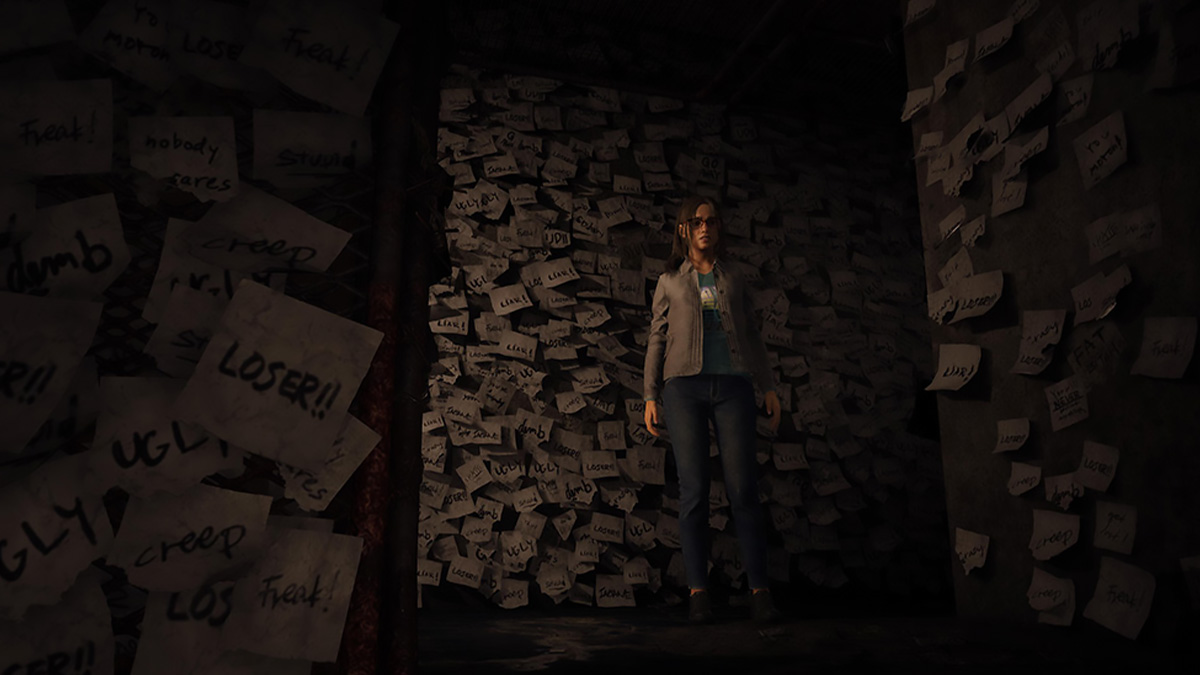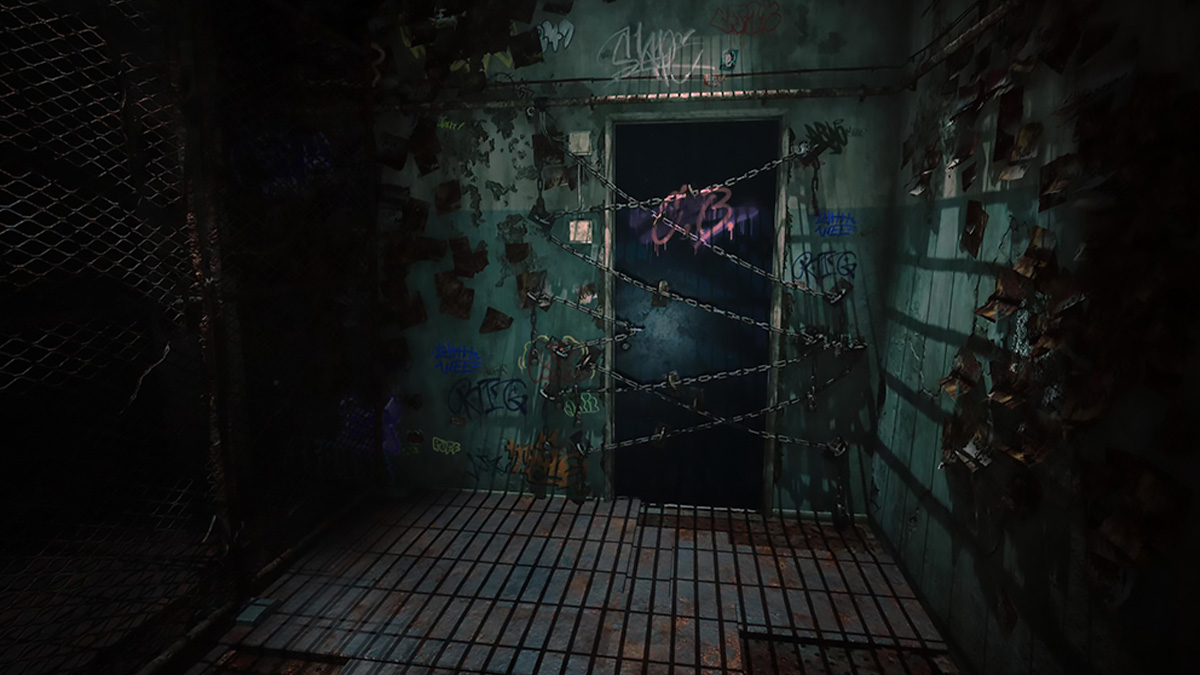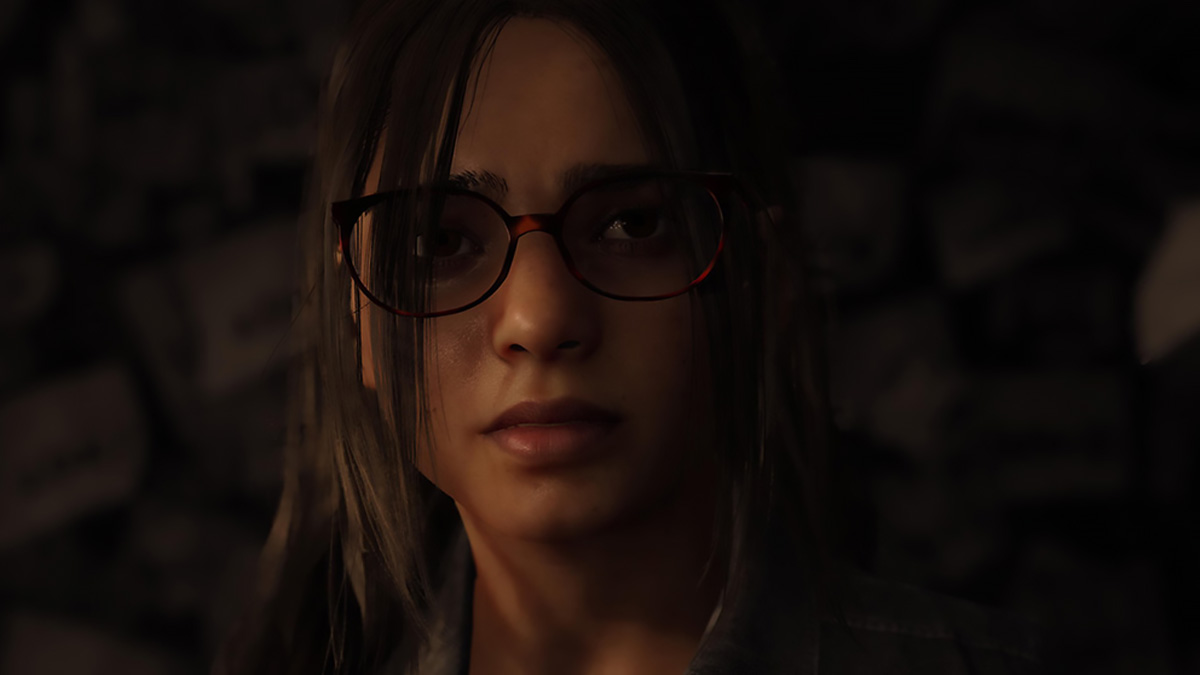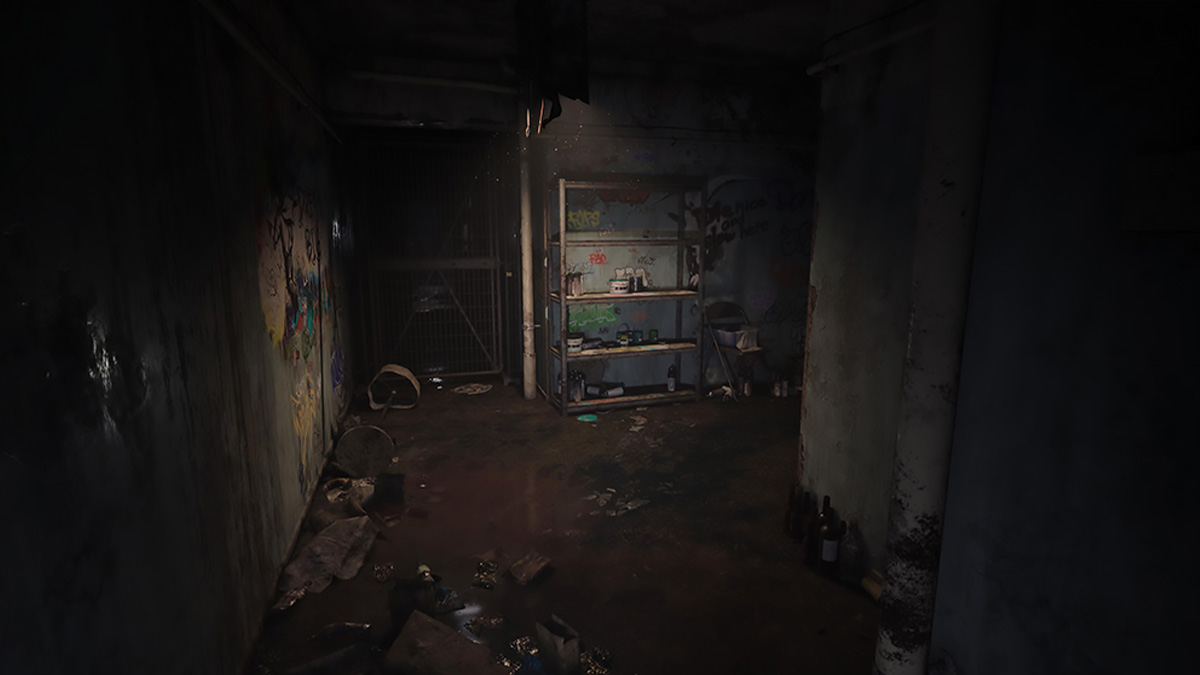![]()
On January 31, 2024, Konami released Silent Hill: The Short Message for the PlayStation 5 entirely for free. The first console entry in the Silent Hill series since Silent Hill Downpour, this bite-sized experience lends itself to the psychological horror elements of the series. However, due to the focus of its narrative and first-person controls, long-time fans of the series may find it lacking. That said, Silent Hill: The Short Message is perhaps the closest thing to a "true" Silent Hill game fans have been looking for since the days of Team Silent.

Editor's Note: Silent Hill: The Short Message and this review of it contains mentions of suicide, self-harm, and abuse.
Silent Hill: The Short Message takes place in the fictional city of Kettenstadt, Germany, a sister city to an unnamed town in Japan that will no doubt somehow tie into Silent Hill f, given the inclusion of the mysterious Silent Hill Phenomenon. Given numerous failed attempts to revitalize the dilapidated city, Kettenstadt's reputation is one of decay and hopelessness that permeates the town to the point an abandoned apartment building called The Villa has become an attractive place for the hopeless (primarily teenagers) to commit suicide.
(There is some irony here that I am writing this review in a mostly empty airport in Germany in transit to a German-Japanese sister city.)
Players assume the role of Anita, an 18-year-old girl who has woken up alone in The Villa with nothing but her cell phone. Like all Silent Hill games, context clues as to the going-ons of the narrative are found within the environment and documents you obtain through exploration. However, since Anita has her cell phone with her, you will also receive texts from her classmates Maya and Amelie at various intervals, revealing to the player that not everything is as it seems. This is where Silent Hill: The Short Message leans into the expected narrative twists and turns of the series — though it's clear that this bite-sized experience more or less draws inspiration from Silent Hill 2 and less from the more "cult-focused" entries like Silent Hill, Silent Hill 3, and Silent Hill 4.

Anita is an unreliable narrator in her own story. Her perspective is skewed and wrong as the narrative begins to unravel, with the hole that the players first see upon starting the game growing larger and larger with each painful loop she is forced to endure as penance. Anita is eventually forced to reconcile with the truth that she had a hand in the bullying and subsequent suicide of Maya. There are some interesting bits of lore in The Short Message that more or less feel at home with the Higurashi or Umineko series. Which makes sense given that Silent Hill f will be written by the series creator of both those deeply beloved horror visual novels.
That said, witches (or the accusation of a character being a witch) have been a staple in the Silent Hill series since its inception; it's just an interesting direction for this series of Japanese developers to veer into, given their previous body of work, with Kiichi Kanoh also having a hand in the Higurashi series. What impressed me was the attention to detail in The Short Message's environments and other objects. I lived in Germany for almost ten years, and the structure of The Villa reminded me of the large, grey concrete apartment complexes in one of the villages I lived in.
When the game takes you to the now trash-laden homes of Anita and Amelie, certain details are so precise, like the kinds of cups found on worn dining room tables, the button used to flush the toilet, and perhaps most importantly, the packaging Anita's anti-depressants come in. The game makes clear very early on that she is on medication, and players are more or less allowed to speculate for what despite it being very clearly laid out, but seeing those boxes and the little aluminum packs in the bathroom of her apartment closely resembled the kind I was prescribed and am still taking.

As mentioned previously, dialogue between characters is mostly communicated through text messages through Anita's cell phone. Conversations play out differently between each successive loop as Anita is yanked out of the metaphorical fog that she has become encased in and thrown into the "Otherworld." The dialogue isn't clean or particularly well scripted but leans into the fact that the protagonist and almost every character she interacts with are teenagers.
This isn't to excuse writing that could be seen as sloppy, but honestly, teenagers can be mean, and people can tear you down in five words or less, regardless of their age. Insults slung at Maya are shallow and born out of jealousy, but not entirely unrealistic. You learn that Anita has harbored resentment for her due to her popularity on social media, bright future as an artist, and the fear that she is taking her only friend from her. There doesn't need to be a deeper motivation here because that in itself is realistic enough for events to play out the way they do in the game.
The Short Message blends CG cutscenes with FMVs, which can make for a jarring transition, as the performances given by the actresses can feel stilted and uneven. Which more or less makes it feel at home within the Silent Hill series, at least to an extent. The characters don't necessarily feel as wooden as they do in Silent Hill 2 or Silent Hill 4, and the actress for Anita does deliver during some integral moments of the game. This cannot be said for the rest of the cast, particularly Anita's abusive mother. Her English performance feels wildly overdone, but this could be for dramatic effect as we are seeing the world through Anita's eyes and her experience as a child, abused and neglected.

